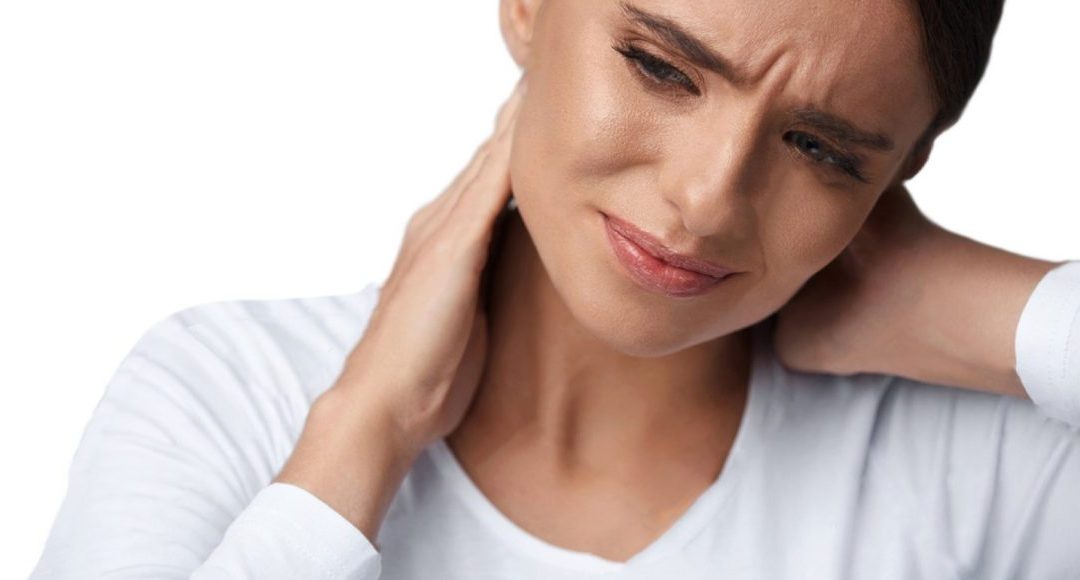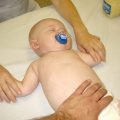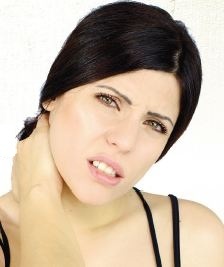Table of Contents
Acute torticollis is commonly known as wry neck. It is a condition that’s determined by the abnormal neck position, or asymmetric head which is caused by different factors. Acute torticollis is derived from the Latin word “tortus” (play) and “collum” (neck). Acute torticollis doesn’t particularly have a clear cause, and usually, the pain and difficulty of turning the head will naturally be gone after a couple of days even if you don’t apply any treatment.
Signs and Symptoms of Acute Torticollis
Acute torticollis is a dynamic or fixed tilt rotation of the head or neck extension. It could also be an arched rotation of the head with flexion. The type of acute torticollis will depend on the position of the neck or head of the person. The combination of the following movements should be observed:
- laterocollis: head towards the shoulder
- torticollis rotation: head rotates along the longitudinal axis
- anterocollis: head and neck flexion
- retrocollis: head and neck backward
Symptoms
Acute torticollis can be a disorder and symptoms in other conditions. Other symptoms include but not limited to the following:
- Neck pain
- The occasional formation of a mass
- The sternocleidomastoid muscle is thickened
- Softness on the spine of the neck
- Tremor in the head
- The shoulder height is not equal
- Movement of the neck decreases
Causes of Acute Torticollis
There are different conditions that can lead to acute torticollis such as the following:
- Congenital spinal disorders
- Traumatic brain injury
- Muscle fibrosis
Rough categorization distinguishes between congenital torticolism and acquired torticolism. Other categories include the following:
- Osseous
- Traumatic
- CNS/PNS
- Non-muscular soft tissue
- Spasmodic
- Induced drugs
Acquired Torticollis
Non – congenital muscle usually happens if there was a scarring or if the patient has the following conditions:
- Cervical vertebra disease
- Adenitis
- Tonsillitis
- Rheumatism
- Enlarged cervical glands
- Retrofaring abscesses
- Cerebellar tumors
These could either be clonic (spasmodic) or tonic (permanent). The latter is usually caused by Potted Disease or also known as spinal tuberculosis.
Spontaneous torticosis mostly happens when one or more neck muscles become painful. If that happens, it’s best to consult a physician.
Posterior Pharyngeal
The posterior fossa tumor or skull base tumor may suppress the nerve supply to the neck and eventually cause acute torticollis. Posterior pharyngeal infections can irritate the nerves that supply the neck muscles which may also cause acute torticollis. Such infections can easily be treated with antibiotics if it’s not too severe but it may also require some form of debridement in some cases.
Grisel Syndrome
Surgical removal of the thyroid and also ear infection can cause Grisel syndrome which is the subluxation of the upper cervical joint due to the inflammation of the ligaments that’s caused by an infection. The use of certain drugs like antipsychotics can also cause acute torticollis.
Antiemetics – Class Neuroleptics – Phenothiazines
There are many other rare causes that can bring about acute torticollis. For instance, a characteristic of a misformed toes, called a fibrodysplasia ossificans progressiva (FOP) is a rare cause of acute torticollis.
Spasmodic Torticollis
Torticollis with recurring contractions in the muscles of the neck particularly the sternocleidomastoid is known as spasmodic torticollis. This type is also known as are “intermittent torticollis”, “cervical dystonia” or “idiopathic cervical dystonia”, depending on the cause.
Trochlear Torticollis
Acute torticollis may not be linked with sternocleidomastoid muscle and it’s also not something that’s caused by damaging the trochlear nerve (the 4th cranial nerve); the trochlear nerve supplies the superior oblique muscle in the eye. Superior oblique muscles engage in depression, abduction, and intrusion eyes.
This is why the patient will eventually have vision problems unless they turn their heads far from the affected side, which can cause eye introspection and thus balances their eyes out. This can be diagnosed by using a Bielschowsky test or sort of a head – tilt test wherein the head is directed to the affected side. If the affected eye rises or appears to be floating then that means that a positive test occurred.
Anatomy of Acute Torticollis
The underlying anatomical distortion that causes acute torticollis is pretty much a shortened sternocleidomastoid muscle. It’s a neck muscle that originates from the sternum and clavicle and inserted on the mastoid process of the temporal bone on the same side.
There are two sternocleidomastoid muscles and when both of these are contracted that’s house a neck is flexed. The main blood supply for these muscles comes from various arteries including:
- transverse scapular arteries
- occipital arteries
- superior thyroid arteries
- transversal cervical arteries
The major innervations for such muscles are from the cranial nerve XI or also known as the accessory nerve, but the 2nd, 3rd, 4th cervical nerves are also included. Pathology in this blood and nerve supply can eventually lead to acute torticollis.
Diagnosis of Acute Torticollis
Kids with acute torticollis start with evaluating the anamnesis in order to determine the circumstances surrounding the birth of newborns as well as the possibility of trauma or other related symptoms.
Physical tests usually show bending to the opposite side of the affected muscle and also decreased rotation. Some physicians say that innate cases usually involve the right side but there isn’t enough evidence on this that has been published or proven. The evaluation must include a neurologic exam and if there’s a hip dysplasia or other related conditions then it must be examined. The radiographic cervical spine should be obtained to rule out clear bone abnormalities, and MRI should be considered if there are concerns about structural problems or other conditions. Treatment for Acute Torticollis






 I love to write medical education books. My books are written for everyone in an easy to read and understandable style.
I love to write medical education books. My books are written for everyone in an easy to read and understandable style.
